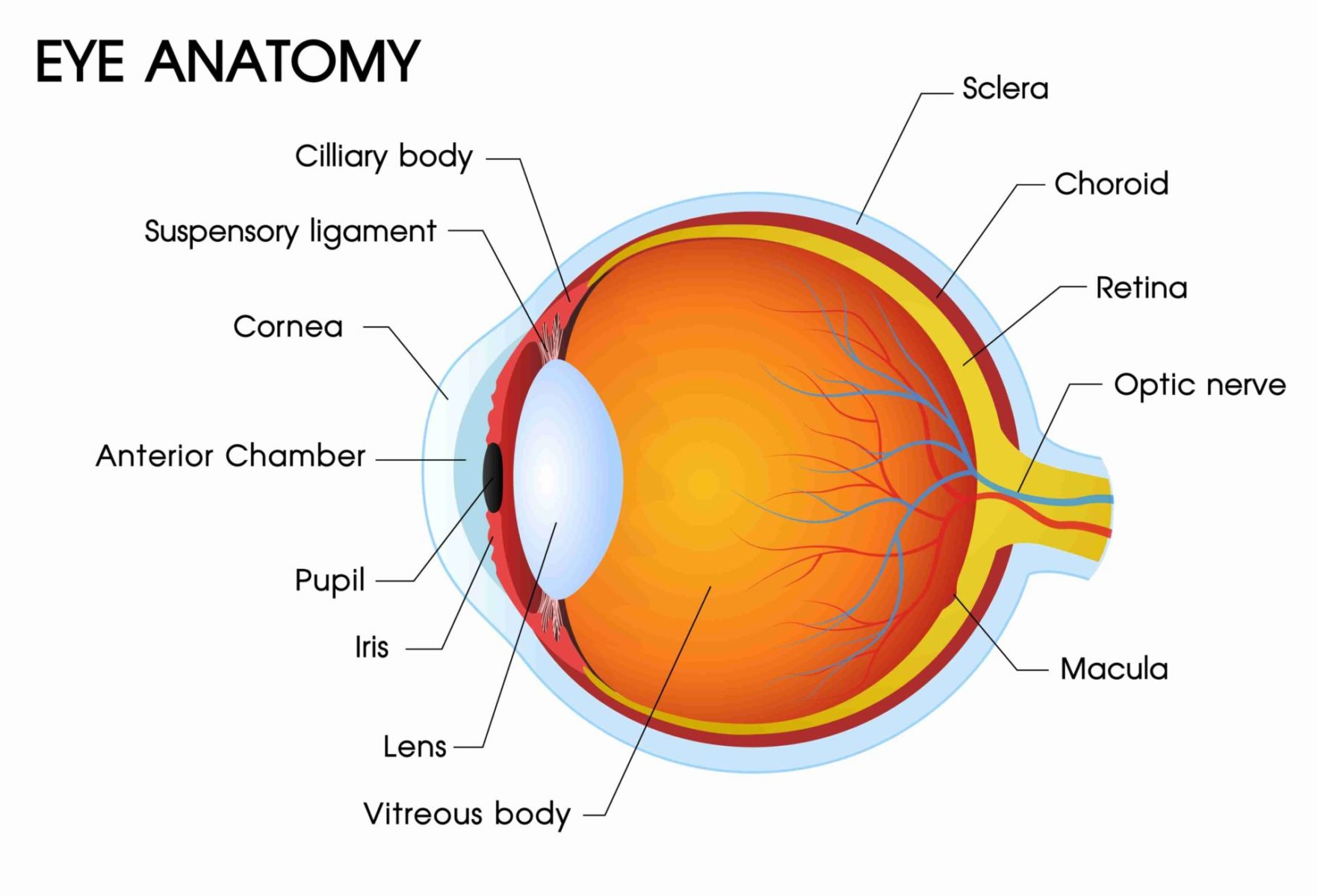Dive into the intricate world of eye diagrams, where clarity and precision in digital signal processing come to life. This quiz will challenge your understanding of how these essential tools are used to analyze the performance of high-speed communication systems. Are you ready to put your knowledge to the test and see how well you can read between the lines of an eye diagram? Let‘s get started and see how sharp your insights really are!
We recommend that you do not leave the page that you are taking this quiz in. Stay honest 🙂
Eye Diagram Quiz Questions Overview
1. What is an eye diagram primarily used for?
Analyzing digital signal integrity
Measuring optical signal strength
Testing analog circuits
Calibrating antennas
2. Which component of an eye diagram indicates timing jitter?
Vertical opening
Horizontal opening
Noise margin
Amplitude
3. What does a closed eye pattern in an eye diagram signify?
High signal integrity
Low signal integrity
Perfect synchronization
No noise
4. Which aspect of an eye diagram measures the signal-to-noise ratio?
Eye height
Eye width
Rise time
Fall time
5. In an eye diagram, what does the term ‘eye closure’ refer to?
Increased signal clarity
Decreased signal clarity
Improved timing accuracy
Enhanced noise margin
6. What is the significance of the crossing points in an eye diagram?
Indicate maximum amplitude
Show timing errors
Represent the decision threshold
Mark the start of a new bit period
7. Which parameter is NOT typically analyzed using an eye diagram?
Bit error rate
Timing jitter
Signal amplitude
Phase noise
8. What does the term ‘eye width’ in an eye diagram indicate?
Signal amplitude
Timing margin
Noise margin
Bit error rate
9. How is the ‘eye height’ in an eye diagram related to signal quality?
Directly proportional
Inversely proportional
Not related
Depends on the modulation scheme
10. What does a wide eye opening in an eye diagram suggest?
High noise levels
Good signal integrity
Significant timing errors
Poor synchronization
We recommend that you do not leave the page that you are taking this quiz in. Stay honest 🙂
Can Your Friends Do Better Than You in This Quiz?
Share this quiz with your friends and compare results.
Was this page helpful?
More Popular Biology Quizzes:
-
Tissue Identification Quiz
-
Epithelial Tissue Quiz
-
Skull Anatomy Quiz
-
Mitosis vs. Meiosis Quiz
-
Transcription and Translation Quiz
-
Photosynthesis and Cellular Respiration Quiz











